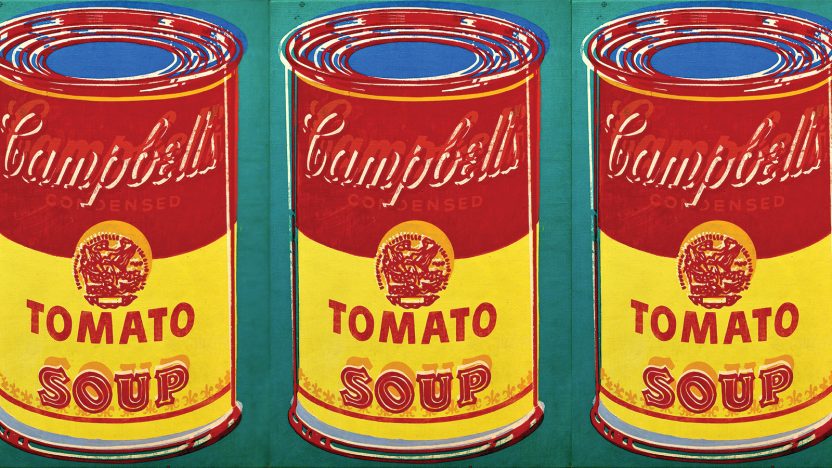What is Direct-to-Consumer?
Delvin into this new level of transparency of communication between manufacturers and customers, and another avenue for brands to harvest the new oil – data.

Supply chains are a seemingly never-ending conveyer belt of transactions. Factories, pallets, warehouses, shop floors result in a labyrinth of labor (and that’s not even including the fleets of vehicles which transport goods from A to B). As they have grown and evolved, they have become encumbered by a process full of middlemen.
Direct-to-Consumer (DTC) can then be viewed as just another symptom plaguing the ailing middlemen – a phenomenon we are witnessing across all industries. Today, overly-populated and complex supply chains are eating into manufacturer’s revenues, and with revenue growth forever being a challenge, more and more manufacturers are experimenting with DTC channels.
What else has caused this shift? As with most change today, the digital transformation of markets has a huge role, as channels and communication has become ever more streamlined. This, in conjunction with the boom in e-commerce means that brands can now better set up their own online stores easier, or even work with bespoke delivery partners if they do not have their own fleet to hand.
Leading brands then are now increasingly embracing DTC sales, this not only provides full control over their own supply chain, but also in turn gives them full control of the brand experience in its entirety. DTC is not unique to B2C however, and B2B businesses are also capitalising on this trend.
And the trend is set to continue, as over time more and more shareholders in business will become more comfortable with this model. Customers too, as they begin to see the that DTC often leads to the best brand experience. In 2015, one third of customers bought direct.
Last summer, Nike, the world’s leading sports brand, launched their Consumer Direct Offensive, a self-described “faster pipeline to serve consumers personally, at scale”. This effort, centred on 12 key cities across 10 key countries, is expected to represent 80+% of growth through 2020. The footwear In fact, the sports giant announced that their DTC revenue amounted to approximately 9.08 billion U.S. dollars last year.
Similar to DTC is Direct-to-Store Delivery (DSD). DSD, whilst not exactly DTC, is also on the rise, and consists of manufacturer warehouse’s shipping to retail stores directly, resulting in a closed loop, multi-stop, supply network. This enables retailers to be more responsive to customer needs and store stock levels, leading to a more intuitive customer experience, better cost margins and better ownership of a simpler supply network.
Ultimately, DTC and DSD are establishing a better dialogue with their customers, bringing them closer to the brands and facilitating more transparency and control in this relationship. This is possibly the most important aspect of this trend, as closer channels of communication provide manufacturers access to customer data that, previously, was lost in a maze of bureaucracy.
So what is Direct-to-Consumer? It another final nail in the coffin for middlemen businesses, a new level of transparency of communication between manufacturers and customers and another avenue for brands to harvest the new oil – data.


